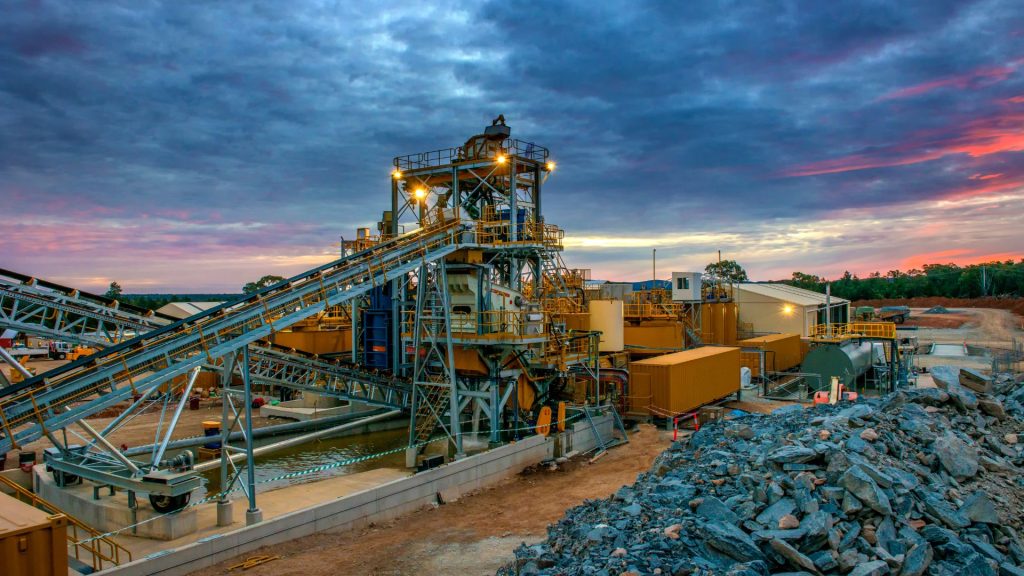Mining and exploration companies rely heavily on communication technologies to run their remote operations efficiently and safely. In practice, until now most mining projects have had to make do with poor coverage and slow internet speeds, due to the remoteness of these sites. As well as a negative impact on productivity, this also has serious implications for health, safety, and site security. Poor connectivity also limits innovation, such as the use of robotics, where automation would greatly improve the health and safety of mining workers, with dangerous manual tasks replaced by autonomous machinery.
Continue reading or watch the video below:
In this article, we explore a new suite of technologies, including low Earth orbit (LEO) satellites, which can be used to enable high-speed, low-latency connectivity for mining companies all over the world. Continue reading to find out how Starlink’s unrivaled satellite broadband service helps to improve performance, enable better decision-making, and create a much safer environment for daily mining operations.
GEO Satellites
Until now, operators have been reliant on geostationary (GEO) satellites for internet access in remote locations. However, these satellites orbit 35,000km above Earth, resulting in 600ms of latency. This high latency is not suitable for IoT applications, robotics, or automation, with very slow download and upload speeds. GEO satellites also only provide coverage to 42% of the globe, meaning the most remote locations will likely not have internet access at all.
LEO Satellites – Starlink
Currently, the only company that provides fast, reliable, and fully global internet coverage is Starlink. This is possible due to the use of low Earth orbit satellites, which are located just 550km from Earth, resulting in low-latency data transfer. Because Starlink has the largest fleet of LEO satellites, it is possible to provide fast internet even in the most remote parts of the planet. Combined with its easy installation process, users can quickly connect to a nearby satellite and start using the service right away. This fast, reliable internet access opens up a wide range of business applications, especially for mining and exploration companies looking to improve their communication processes, worker safety, and implement IoT technology that relies on private 5G networks.
The Cost Benefit of Starlink
Starlink is already changing the face of many industries, particularly offshore energy and maritime, and it’s looking set to do the same for mining. Firstly, there is a huge cost benefit. The high-speed, low-latency connection will enable fast and reliable communication that is far less expensive than current technologies for mining and exploration operations. This speeds up the flow of information between remote sites and head office, thanks to the possibility of real-time collaboration and automated data transfer – by improving the feedback cycle, productivity is improved, and operating costs are drastically reduced. There is also no need to provision and wait for fibre optic cabling, a process that can take years, and at huge expense. With Starlink, you can have connectivity from the first day of the project.
Starlink for Innovation in Mining
Second is innovation. Starlink is an enabling technology that provides a firm and reliable basis for new, automated mining operations including robotics and remotely operated machinery. For example, autonomous drill rigs, not only improve employee safety, but they can also improve productivity by 60%. With Starlink as a connectivity backhaul, mining operations can also benefit from real-time condition monitoring – ensuring that machinery faults can be identified immediately, and accidents therefore prevented. Finally, IoT-enabled PPE and employee monitoring equipment can be used to improve the safety of every person on site. Leverage sensors, environmental monitoring, and site security systems such as CCTV and access terminals, to protect vital assets.
Let’s work together to create the smart mine of tomorrow – find out more or contact us today.


